This drawing shows the water cycle.
Click on image for full size
Windows Original
Carbonates
Limestone is an example of a carbonate. Other examples of carbonates include calcite, dolomite, and marble.
Limestone dissolves easily in rainwater, especially rainwater which is loaded with carbonic acid. The more carbonic acid in the rain, the more easiy limestone and marble dissolve.
As a result of human activities which inject more carbon dioxide into the air, limestone more readily dissolves. This process also helps to remove carbon dioxide from the atmosphere. The removal of carbon from the atmosphere and recycling in the ocean is part of the carbon cycle.
You might also be interested in:
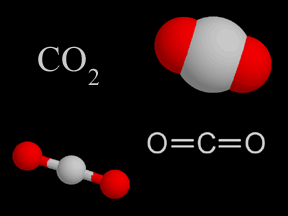
Carbon dioxide (CO2) is a kind of gas. There isn't that much carbon dioxide in Earth's atmosphere, but it is still very important. Carbon dioxide is a greenhouse gas. That means it helps trap heat coming
...more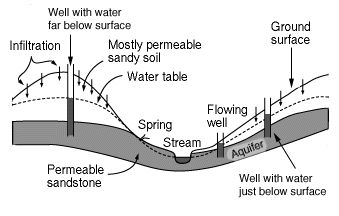
An aquifer is the name for a layer of rock which is capable of holding a large amount of water. Some layers are better at holding water than others, for example a layer of sandstone can hold a good deal
...more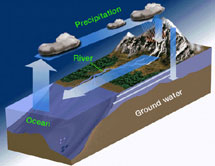
Limestone is an example of a carbonate. Other examples of carbonates include calcite, dolomite, and marble. Limestone dissolves easily in rainwater, especially rainwater which is loaded with carbonic acid.
...more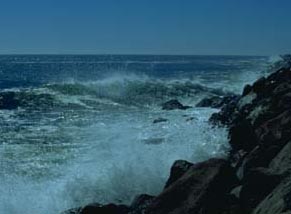
Have you ever left a glass of water out for a long time? Did you notice that the water disappears after a few days? That's because it evaporated! Evaporation is when water passes from a liquid to a gas.
...more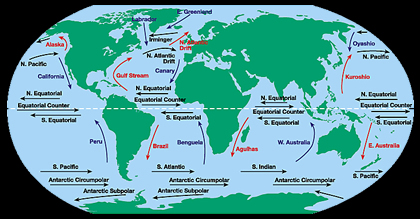
The water at the ocean surface is moved by powerful wind. The wind is able to move the top 400 meters of the ocean. This moving water is called surface ocean currents. Surface ocean currents form large
...more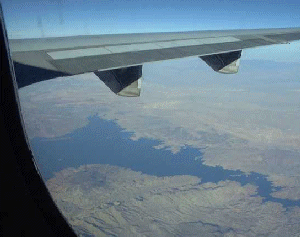
Rivers are very important to Earth because they are major forces that shape the landscape. Also, they provide transportation and water for drinking, washing and farming. Rivers can flow on land or underground
...more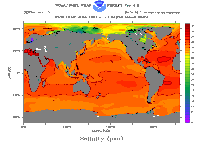
Almost 3/4 of the Earth is covered with water. Almost all of that water is in the oceans. Have you ever been swimming in the ocean? If you have and you accidentally got water in your mouth, you know the
...more














